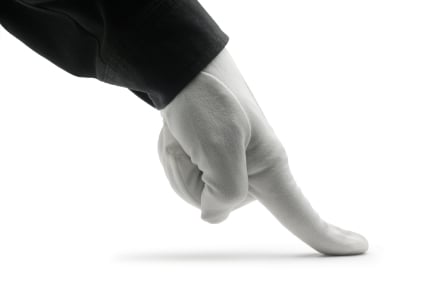June 11, 2014

June 11, 2014

 Ever wonder why some—most—projects don’t go as planned? Let me take a chance at explaining what I have observed in the last few decades. Firstly, let us assume that you have contracted a well-known consulting firm to assure that you reach the established key milestones.
Ever wonder why some—most—projects don’t go as planned? Let me take a chance at explaining what I have observed in the last few decades. Firstly, let us assume that you have contracted a well-known consulting firm to assure that you reach the established key milestones.
Let us also assume that a Contract Manufacturing Organization (CMO) has agreed to contract process validation services. In particular, the CMO needs support validating the process for a new product. In addition to process validation, this firm will also need to have cleaning validation performed to verify that there are no detrimental residues of this new product left on common processing equipment.
The CMO has been instructed by corporate to have this new product validated with launch quantities in the warehouse within twelve months. Luckily, the CMO has the advantage of having a good product development department that has diligently identified Critical Process Parameters (CPPs) and Critical Quality Attributes (CQAs). They have solid development reports in which these are identified. Unfortunately, they have not identified any cleaning methods. Our focus will therefore be the need for developing, implementing and validating a cleaning process.
While it may be reasonably straight-forward to scale the process up to commercial scale, the fact that no commercial cleaning methods exist will require time and effort to develop, implement, and validate suitable commercial scale cleaning methods. The fact that time will be required to develop commercial cleaning methods is often either overlooked and/or not planned for and/or not budgeted for. This is a costly omission on behalf of the CMO’s corporate office. While the CMO may be counseled by the contracted firm, often times they demand that the project be delivered by the pre-established project end date. Unfortunately, this means the consulting firm will have to try and deliver the extended project on time and on the original budget.
The logical approach would be to first develop, implement and validate the new cleaning method. The next step would be to validate the manufacturing process. Unfortunately, the development of the cleaning process may well deplete the allotted time for process validation. While the CMO’s Project Manager may have inserted time for cleaning validation, they have overlooked the need for development of cleaning methods and perhaps the need for running cleaning trials. Some refer to these trials as development runs, engineering runs, etc... These runs are simply runs that are used to assure that your full scale process is consistently accomplishing what it is designed to do.
For those of us who are intimately familiar with the requirements of cleaning validation, experience tells us that when trying to implement and validate a new cleaning method, you will need a number of trial, commercial scaled runs to gauge cleaning success. Experience also tells us that these runs mustprecede your formal cleaning validation campaign. So, what if you don’t have these runs in your schedule?
It is critical to understand the necessity of these runs and the impact of this omission, as it could lead to at least one of the following:
To be fair to the CMO or hiring firm, let us list a couple of reasons as to why they sometimes will force the contracted firm to omit these cleaning trials.
To conclude, the reason why most cleaning validation projects don’t go as desired is that the hiring firms do not allow for development of robust cleaning methods. This is an omission that will undoubtedly add to the cost of the newly introduced product due to the number of attempts to deliver the validated product and/or simply a failure to meet the launch date.
Therefore, when looking for a firm to carry you into commercialization, seek those firms that can speak to the steps required to ensure that your cleaning validation method is robust and truly validated upon delivery.
Learn more about ProPharma Group's Cleaning Validation services.
Contact us to get in touch with Charlie and our other subject matter experts for a customized Cleaning Validation solution.
April 19, 2021
On March 11, 2020, after months of researching, strategizing, and meeting with various leaders and medical experts globally, the World Health Organization (WHO) declared COVID-19 to be a global...

February 22, 2013
“Cleaning, how hard can that be,” is the sentiment of those not in the bio/pharmaceutical industry. Even for those within the industry, the general consensus regarding Cleaning and Cleaning...